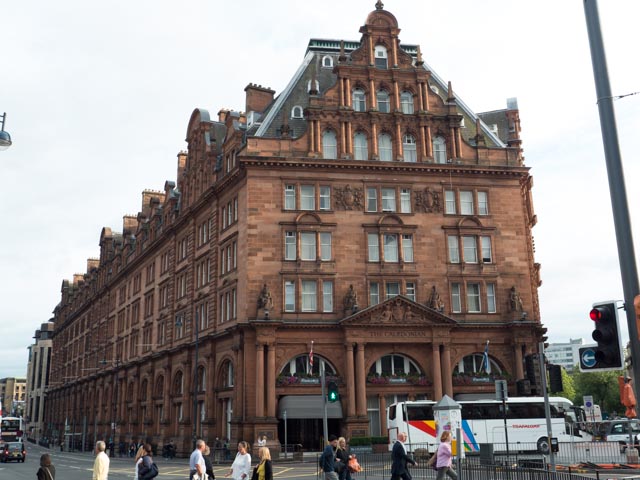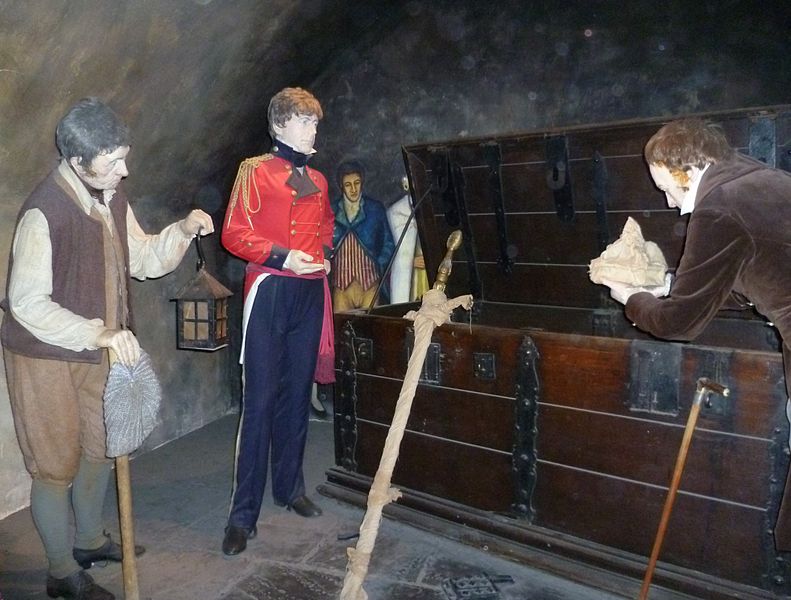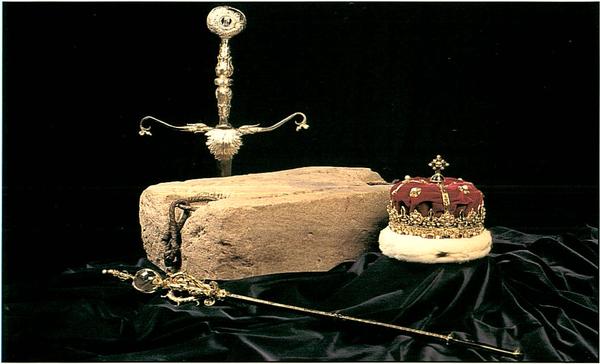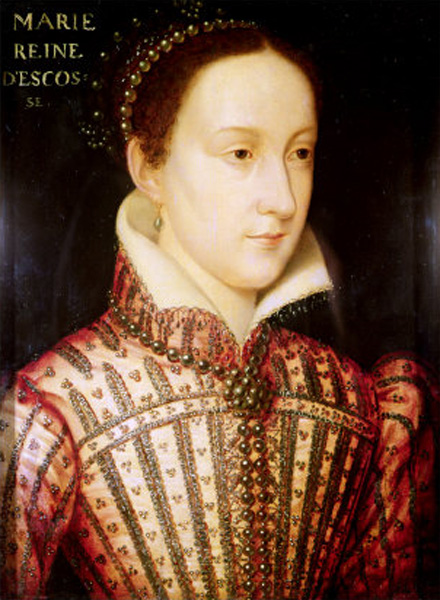The Scots have a reputation for being pessimistic (check out this … hilarious? sad? article I found on the subject…)
http://www.trans4mind.com/counterpoint/index-humor-inspiration/humor2.shtml
As the gentleman Scot said to his lady “It’s a lovely day today.” Aye,” she replied. “But we’ll suffer for it.”
We found the Scots’ humor hilarious… upon seeing our luggage, the concierge at The Caledonian, Malcolm, asked, “Is there anything left at home?” “Well,” my mom replied, “we’re here for two nights.” Malcolm: “Ah, of course madam, that explains it!” And their hospitality was warm and pervasive, from service staff in the hotels, pubs and tourist attractions, to locals at the pub and on the street who offered an empty seat and a friendly conversation.

We made use of Edinburgh’s excellent tour bus system to get an overview of the city and its history. The city’s centerpiece is a castle on a rocky high hill. There’s been a fortification of some sort on this site for around 3,000 years. The oldest building in Edinburgh, dating back to the 1200s, is among the grounds of Edinburgh Castle.


A highlight of the castle’s exhibits are the Honours of Scotland – the Crown, the Sceptre and the Sword of State. Dating from the fifteenth and sixteenth centuries, the Crown Jewels are the oldest set of crown jewels in the British Isles. After being used at the coronations of Mary, Queen of Scots, James VI, and Charles I, the regalia were last used at a coronation in 1651 for that of Charles II. The Honours were locked away following the Acts of Union 1707 joining Scotland to England. There they remained, almost forgotten, until 4 February, 1818 when a group, including Sir Walter Scott, set out to recover the Honours. Following their discovery, they were put on public display in 1819 and have remained so ever since, with only one exception, during World War II.


Displayed with them was the Stone of Destiny, the legendary hunk of, ummm … rock… that was carried around, fought over, stolen and recovered over the past thousand years or so. It was originally used for the coronation of Scottish kings, last in 1292, then was captured in 1296 and placed under the coronation chair in Westminster Abbey for 700 years. It was finally returned to Scotland in 1996. Hmmm… must’ve been a special rock. And we got to see it!
The tumultuous life of Mary Queen of Scots is a large part of the display (and of Scotland’s recognizable history). There was a wax model of her on display – she was almost 6′ tall!!

Some notable facts about Mary: she became queen at the ripe age of 6 days old, she was briefly the queen consort of France (through marriage), she was implicated in the murder of her 2nd husband, she was forced to abdicate to her 1 year old son, James, son of said murdered husband, she was confined/imprisoned (depending who you talk to) by her cousin, Queen Elizabeth I, and after eighteen and a half years in custody, Mary was found guilty of plotting to assassinate Elizabeth, and was subsequently executed.
Okay, the next part’s a little gruesome, so look away if you must, but here’s what I found on Wiki about her beheading:
“Mary was not beheaded with a single strike. The first blow missed her neck and struck the back of her head. The second blow severed the neck, except for a small bit of sinew, which the executioner cut through using the axe. Afterward, he held her head aloft and declared, “God save the Queen.” At that moment, the auburn tresses in his hand turned out to be a wig and the head fell to the ground, revealing that Mary had very short, grey hair.” Darn, hate it when that happens.
